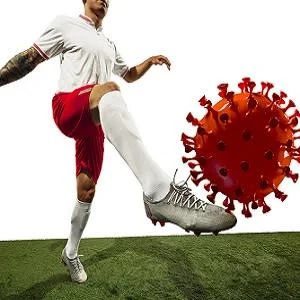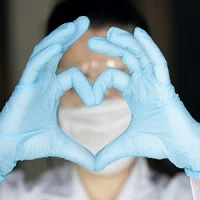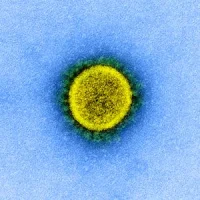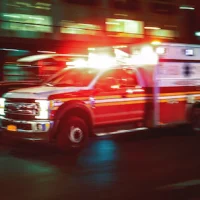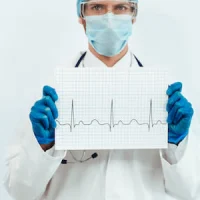Public health officials, together with clinicians, are charged with the duty of formulating policy guidelines for the public to return to work. Professional sports is one of the earliest and hardest hit industries. Many athletes were infected with COVID-19, and we know that in addition to high rates of morbidity and mortality, COVID-19 produces severe cardiovascular sequelae too.
Understanding Cardiac Injury in COVID-19 Patients
Patients hospitalised for COVID-19 have been observed to have a 22% higher prevalence of cardiac injury compared to patients with other viral infections (1%). The parameters for cardiac injury are:
- Troponin levels >99th percentile
- Abnormalities in electrocardiograms/echocardiograms
- Cardiac dysfunction and arrhythmias due to myocarditis
What We Don’t know
While it is imperative to formulate guidelines for recovering athletes to return to sports in a safe manner, there is not enough data to help establish metrics (clinical and epidemiological) to support decision making. There is little to no information on:
1. COVID-19-associated long-term cardiac injury.
2. Extent of cardiac injury in patients who were not hospitalised
3. Number of positive but asymptomatic COVID-19 cases
What We Do Know
What we do know is that returning to physical activities in the acute stage could accelerate the replication of the virus and increase inflammatory response as well as lead to arrhythmic myocardial substrate. People have to be thoroughly tested before return to sports can be considered safe. People who have recovered from COVID-19 should undergo stress testing, echocardiography, and rhythm monitoring to ensure that they have optimally functioning ventricles, no arrhythmias, and no biomarkers to suggest inflammation.
What is the Recommendation?
There is very little known about the extent of complications after infection. Using a conservative approach, the American College of Cardiology’s Sports & Exercise Cardiology Council, in consultation with leaders in sports cardiology, has formulated a framework to guide a safe return. This framework will be constantly updated as more evidence becomes available:
1. Non-COVID-19 and non-symptomatic athletes can return to sports without additional testing.
2. COVID-19 positive but asymptomatic people should not return to exercise and isolate themselves. They should wait two weeks before commencing exercise training.
3. COVID-19 positive patients with mild symptoms should rest two weeks after all symptoms have resolved.
4. COVID-19 patients who have recovered and completed 2-week rest should:
a. Undergo full cardiovascular evaluation along with imaging and biomarker assessment. If clear, go to step c; if not, go to step b.
b. Have cardiac MRI, stress testing, and rhythm monitoring if indicated based on initial testing.
c. Return to gradual exercise with close clinical followup.
5. COVID-19 patients with severe symptoms or who were hospitalised should follow myocarditis return-to-play recommendations .
6. COVID-19 patients who were hospitalised but had no cardiac involvement should wait two weeks after the resolution of symptoms and undergo cardiovascular evaluation before resuming activities.
In any case, care has to be taken to not rush to rigorous activity and undergo appropriate testing to minimise cardiac injury.
Source: JAMA Cardiology
Image Credit: iStock





